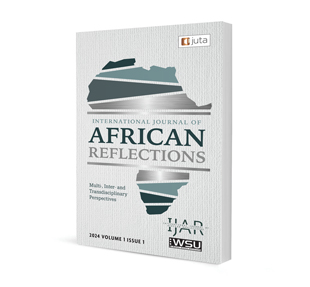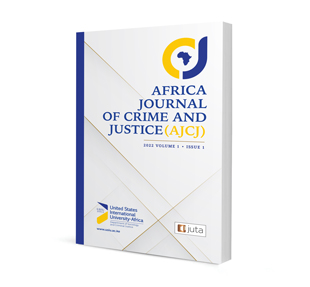
Migrant integration for sustainable socio-economic and political development: insights and suggestions from immigrant adolescent learners in South Africa

Migrant integration for sustainable socio-economic and political development: insights and suggestions from immigrant adolescent learners in South Africa
Author: Agrippa Mabvira, Roshini Pillay and Poppy Masinga
ISSN: 3078-2821
Affiliations: Teaching Assistant, University of the Witwatersrand; Senior Lecturer, University of the Witwatersrand; Senior Lecturer and Head of Faculty, South African College of Applied Psychology (SACAP)
Source: International Journal of African Reflections 2024, p. 92 – 113
https://doi.org/10.47348/IJAR/2024/a5
Share
Cite this article
Agrippa Mabvira, Roshini Pillay and Poppy Masinga
Migrant integration for sustainable socio-economic and political development: insights and suggestions from immigrant adolescent learners in South Africa
International Journal of African Reflections 2024, p. 92 – 113
https://doi.org/10.47348/IJAR/2024/a5
Abstract
The African continent has witnessed an unprecedented surge in intra-African migration in the past two decades. It is commendable that research has been conducted on the role of regional immigrants in the socioeconomic and political development of host and home countries. However, there is limited research on how the youth, particularly immigrant adolescents, can be integrated in learning institutions so that they acquire the proper foundation to be in a better condition to contribute to the socioeconomic and political development of their host countries. This study used the Participatory Action Research (PAR) framework within qualitative research methodology to capture the challenges of and recommendations from immigrant adolescent learners through the technique of Photovoice. The human capabilities approach and the acculturation theory were the underlining theoretical frameworks. The study was conducted in strict accordance with established ethical guidelines and a comprehensive set of measures was implemented to ensure trustworthiness. The evidence recommends intercultural training for educators, awareness campaigns, methodical and continuous language support, concerted effort by civil society and the government against xenophobia in addition to responsible reporting by media outlets to avoid the perpetuation of stereotypes against immigrants.
